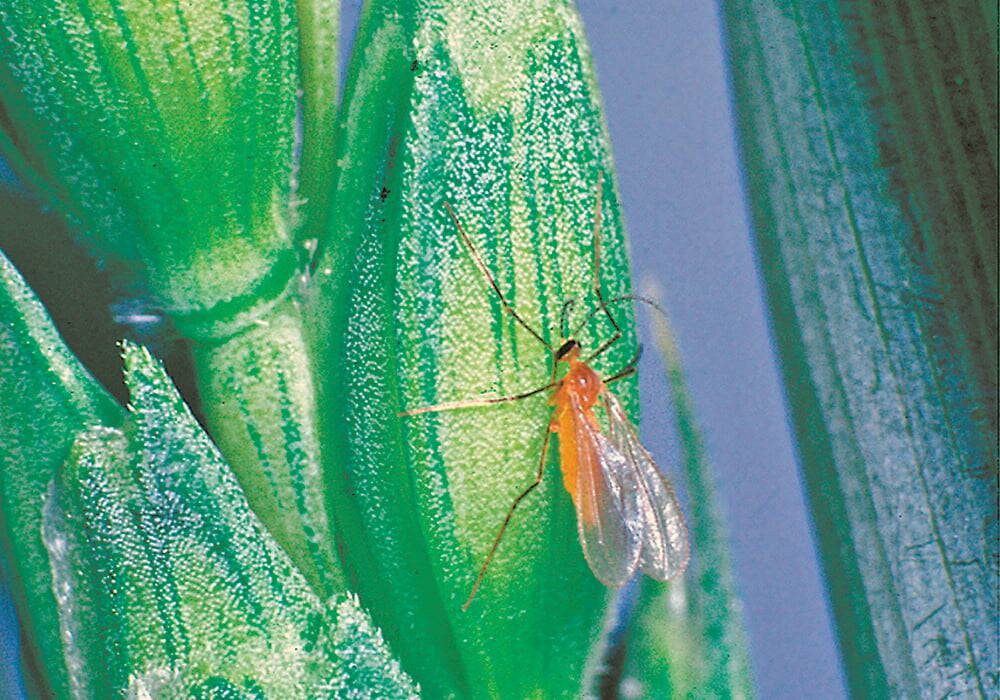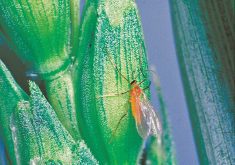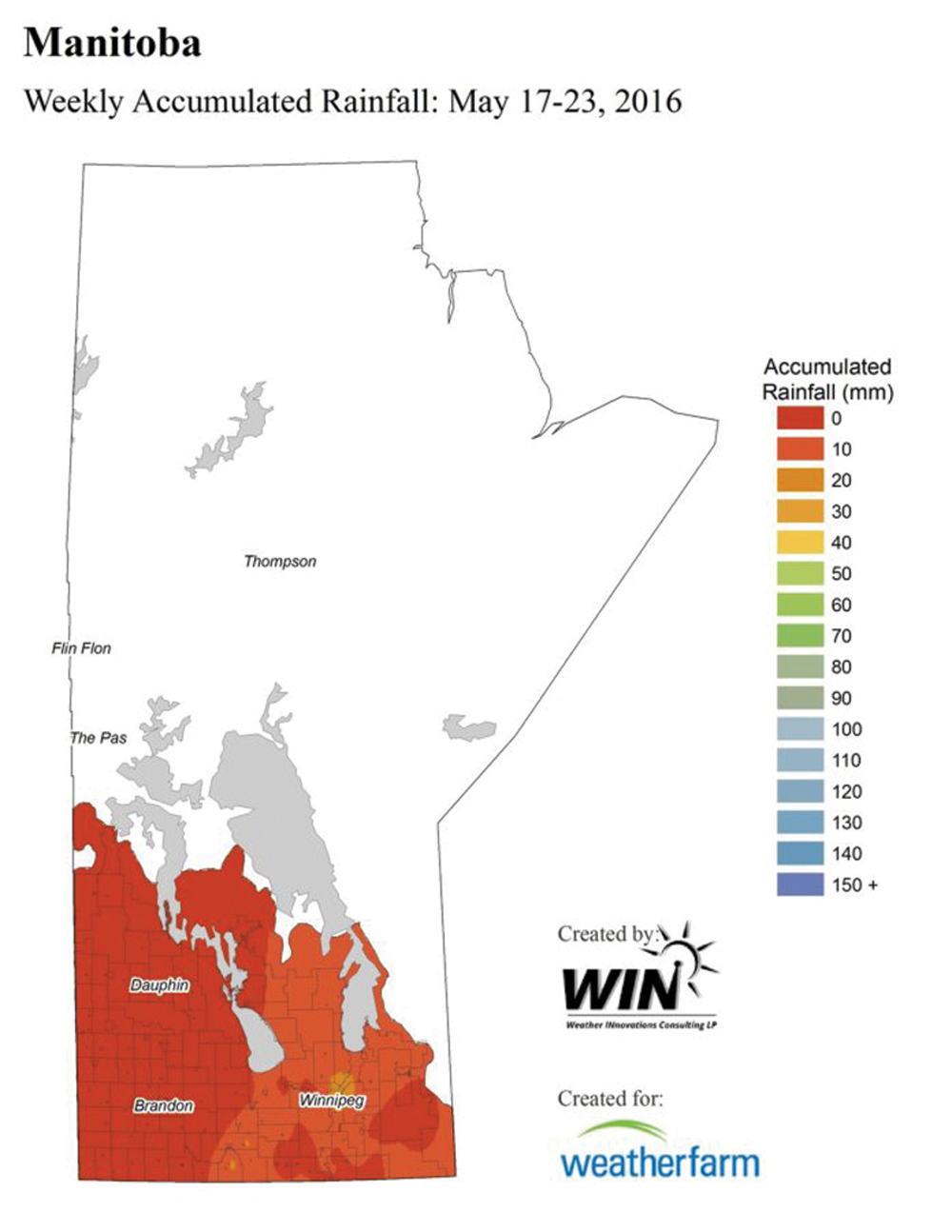Plentiful precipitation over much of Manitoba has created near-perfect conditions for wheat midge, which may emerge later this month and into July.
Wheat midges overwinter in the soil as fairly mature larvae and emerge as adults when the crop is heading, said John Gavloski, an entomologist with Manitoba Agriculture.
“Now, if you have your crop in early, it may already have headed before the wheat midge will come out,” he said in a Manitoba Crop Talk webinar earlier this month.
Read Also

Journal pulls long-cited glyphosate study for ethics violations
The journal Regulatory Toxicology and Pharmacology has retracted a 2000 Monsanto-linked glyphosate review, drawing new scrutiny as Bayer faces mounting legal pressure.
Why it matters: Conditions favourable to wheat midge development should prompt farmers to closely monitor fields.
Wheat midges have a four-stage life cycle. Adults are tiny, fragile orange flies about half the size of mosquitoes, with three pairs of legs and oval-shaped wings. During the day, they stay within the crop canopy to take advantage of humid conditions. In the evening, female wheat midges each lay about 80 eggs on newly emerged heads of wheat.
Recent dry spring conditions pushed wheat midge into its dormant stage as larvae in the soil, called extended diapause. They can stay in that stage over summer and until the next season as they await favourable moisture conditions.
“We’ve had good soil moisture so we don’t expect [wheat] midge should be in any extended diapause mode, so what’s there will probably emerge,” Gavloski said. “How many is another question. We’ll have to wait and see.”
In the past, wheat midge has caused serious damage to wheat crops throughout the northern plains, including Alberta, Saskatchewan, Manitoba, Minnesota, North Dakota and British Columbia. Nearly all wheat varieties are at risk, although 36 newer midge tolerant varieties of wheat are available in eight different classes of wheat.
Wheat midges damage crops by feeding on the surface of developing kernels as larvae, which reduces crop yields and can also lower the grade of harvested grain. The Canadian Grain Commission sets thresholds for midge damage in No. 1 CWRS and No. 2 CWRS at two per cent and five per cent, respectively, before it impacts grade.
Midge damage can be mistaken for frost or drought damage. Damage from wheat midge secretions, which convert starch to sugar, can be seen in shriveled or aborted kernels. Some damaged kernels will become so small that they get lost as chaff during harvest.
Manitoba Agriculture recommends that fields be inspected often from when the wheat heads emerge from the boot until anthers can be seen.
The best time to monitor is 75 minutes before sunset to 30 minutes after sunset, when the female midges are busiest laying their eggs, and when temperatures are above 15 C and wind speed is less than 10 km/h. Populations of wheat midge can be approximated by counting the number of adults on four to five wheat heads in at least three or four locations.
Producers can also check for wheat midge using sticky traps. Yellow sticky cards measuring 75 x 125 millimetres can be put on stakes that are as high as the wheat spikes. They should be placed at 10 metre intervals and collected after three evenings in the field. Usually, three or four wheat midges per 10 traps is a sign to act against the pest.
A more advanced way of scouting involves pheromone lures that attract male wheat midges.
Nature also provides ways to deal with wheat midge, Gavloski said.
“There are predators and parasites of wheat midge. The parasites are probably the most effective means of natural control, but there are predators.”
Among those predators are beetles in the carabidae family. They feed on wheat midge larvae when they’re still in the soil. Fourteen species of ground beetles have been found to feed on wheat midge larvae, with daily predation rates ranging from less than one to 86 per square mile, studies from Saskatchewan show.
The Saskatchewan agriculture department recently highlighted the way certain parasitic wasps help keep wheat midges at bay by laying eggs inside wheat midge eggs. Since the eggs hatch at around the same time, the wasps grow inside the wheat midge larva.
Insecticides are recommended to combat wheat midge only when the crop’s economic threshold has been reached but before the crop has flowered.
















